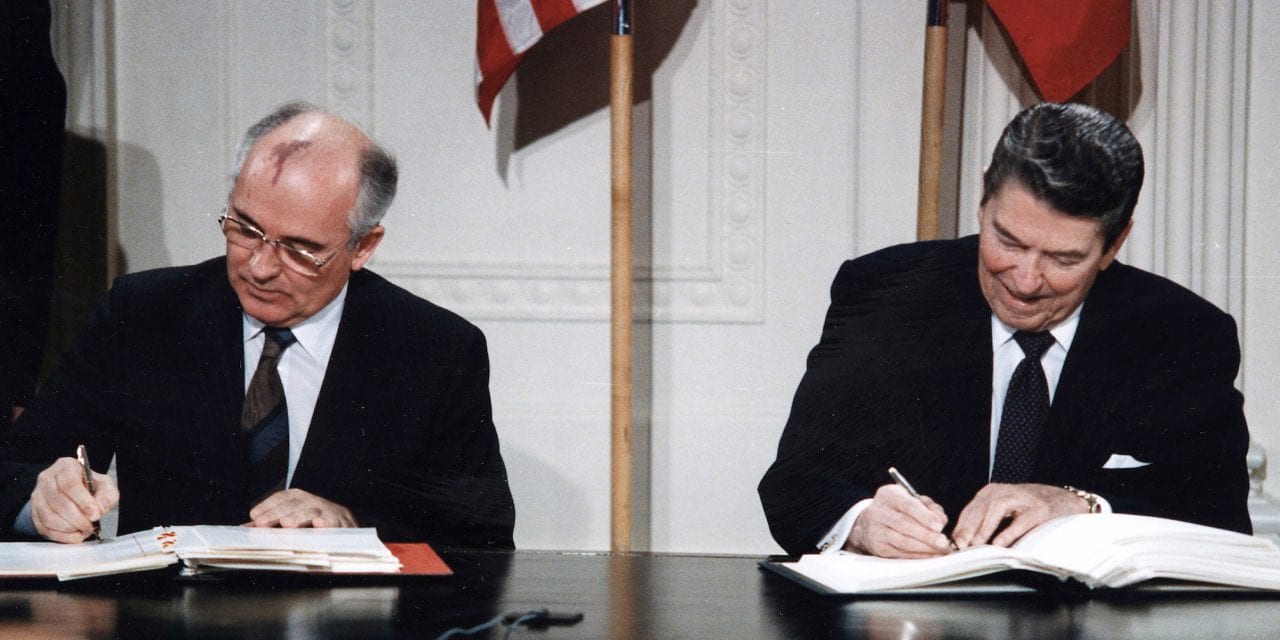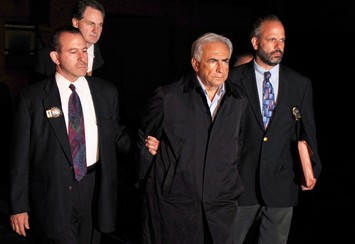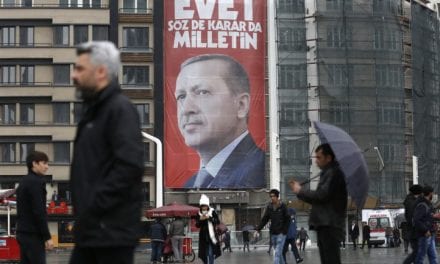By Andrei Frolov, Valdai Club
The year 2019 marked another step on the road to dismantling the agreements between the USSR and the United States regarding offensive weapons. The Intermediate-Range Missile Treaty (INF Treaty) is the latest victim.
The agreement was once praised as a major achievement (both sides abandoned a whole class of ballistic missiles), but this did not stop the United States on its way out of it. Significantly, the United States is clearly not going to postpone this opportunity to roll out new weaponry – the American administration has allowed the deployment of intermediate and shorter-range missiles in the Asia-Pacific region. These statements by Secretary of State Mike Pompeo were made a week before the formal expiration of the Treaty, and partially confirm the assertion security experts, made that the whole idea of accusing Russia of violating the INF Treaty made sense only to justify the US withdrawal and to begin the deployment of medium-range missiles against China, which has a large arsenal of such weapons.
For Russia, this turn of events is not especially advantageous. If one does not take into account the deployment of these missiles in the territory of the Asian allies of the US, the greatest threats to Russia are American missiles in Alaska, which can cover the bases of the Pacific Fleet, in particular, Petropavlovsk-Kamchatsky, where Russian nuclear ballistic missile submarines are based. Protecting this base from a missile strike will require additional forces and means. But this same threat will obviously bring Russia and China closer together in the security area, possibly facilitating the acquisition by the PRC of Russian missile systems with improved missile defense capabilities (for example, the existing Antey-2500 and, in the long run, S-500, if this system is ready for export).
At the same time, the deployment of American medium-range missiles in Europe seems to be a completely resolved matter. Thanks to the new members of NATO, a repetition of the protest movement similar to that which took place in Western Europe in the 1970-1980s, seems unlikely. In addition, the greatest challenge for Russia is the possibility that such missiles will be deployed on the territory of the Baltic states and Ukraine, which will be within range of the main economic and political centers of the country, making it extremely difficult to build effective missile defenses.
The Russian response may be to build up the Iskander-M missile systems. Hypothetically, we can assume that Russia will also produce missiles of a similar class in the foreseeable future, while it is unlikely that there will be a revival of the RSD-10 “Pioneer” (SS-20), 15P666 “Speed” missiles or the RK-55 “Relief” cruise missile programmes. However, this does not resolve the main problem: in fact, in the European theater, these missiles can only hit American military bases, but US territory itself will remain beyond their range. The situation in the east of the country is similar – only Alaska and Guam are within range of Russian medium-range missiles, which nevertheless are an unequal “exchange” for Russian military and civilian targets in the Far East. Moreover, the deployment of such missile systems in the Far East will certainly cause undue tension in relations with China. We can conclude that they will be last in line to be deployed in the Far East, and the Eastern Military District will rely on “contractual” modifications of Iskander-M mobile short-range ballistic missile units.
In any event, the US withdrawal from the INF Treaty has once again jeopardized the entire design of the disarmament system. The last major “mastodon” of the detente era remains the treaty between the Russian Federation and the United States of America on Measures for the Further Reduction and Limitation of Strategic Offensive Arms, which was signed in 2010 and entered into force a year later. But it expires in 2021, and given President Donald Trump’s clear rejection of Obama’s legacy and the very high chance of his re-election in 2020, it is likely not to be renewed.
What may turn out to be the most unpleasant aspect – a termination of relations with Russia in the field of strategic stability, may occur due to the US reorientation to China, which the current administration is very keen on pursuing. In that context, it will be possible to mimic the disarmament process, albeit with new participants.



















